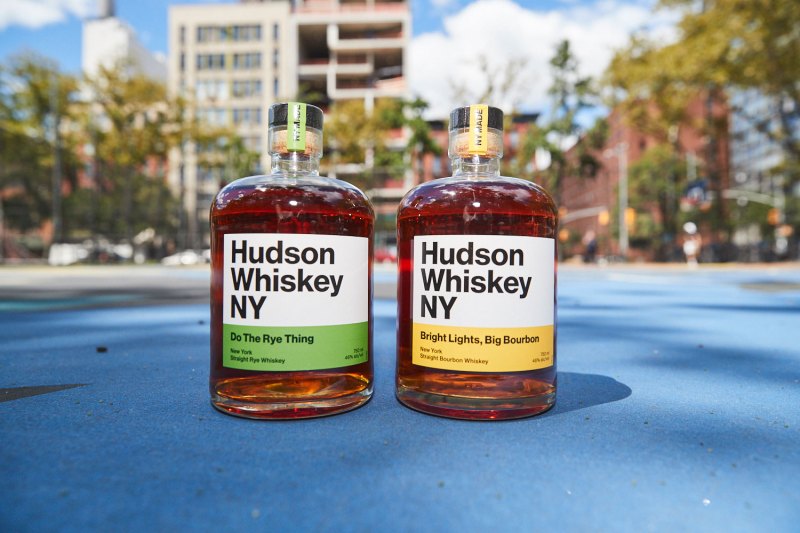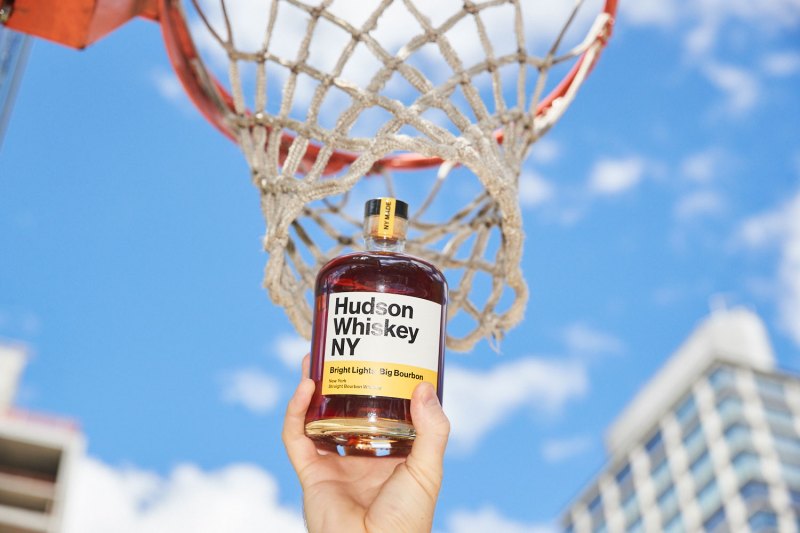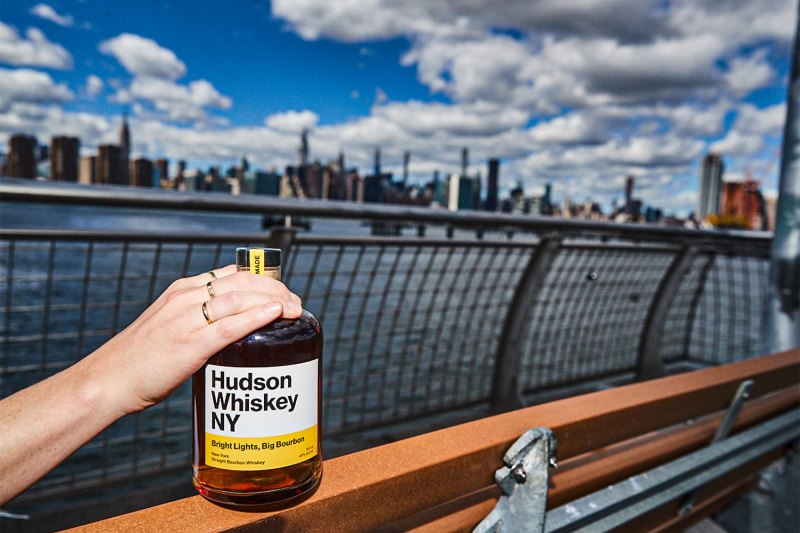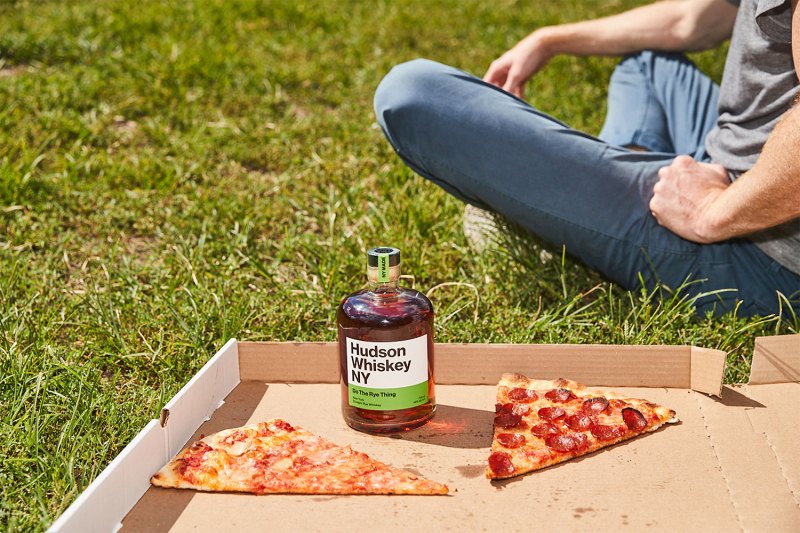Hudson Whiskey was one of the brands at the forefront of the American craft whiskey movement. The distillery behind it, Tuthilltown Spirits, was the first distillery in New York State to operate since Prohibition when it launched back in 2003. The distillery has gone through some changes since those early days, the biggest being the 2010 acquisition of the Hudson Whiskey brand by beverage conglomerate William Grant & Sons (owner of well known brands like Glenfiddich, The Balvenie, and Sailor Jerry), followed by the overall acquisition of the distillery in 2017. Things have been relatively quiet from Tuthilltown since then, but the distillery revealed some big news in recent days. The label design and the liquid found within the bottle has undergone a significant relaunch, focusing on its role as a true representative of the New York craft whiskey scene, along with a price shift that should please consumers.

The new names of the whiskeys are all nods to iconic New York cultural institutions including films and food. Baby Bourbon is now called Bright Lights, Big Bourbon. The mash bill is 95% corn and 5% malted barley, unique for bourbon in that no flavoring grain like rye or wheat is used. The whiskey is aged for longer than it used to be, or a minimum of three years according to the brand. Manhattan Rye is now called Do The Rye Thing, which should please Spike Lee fans. As a complement to the bourbon, the mash bill is 95% rye and 5% malted barley, similar to the ubiquitous MGP formula. This whiskey is also now aged for a minimum of three years and is certified as an Empire Rye, meaning it meets certain requirements like 75% of the mash must be New York-state grown rye. Also, Maple Cask Rye is now called Short Stack, and the distillery has unveiled a brand-new whiskey called Back Room Deal. This rye is finished in barrels that originated at Tuthilltown, were then sent to Scotland to age peated scotch, and then returned to the distillery to infuse the whiskey with a bit of smoke.

Another major change is the price of these bottles. One criticism that Hudson Whiskey has faced, as have many other craft brands, is that the whiskey is just way more expensive than other big brands that are aged for two or three times as long. Of course, there are many factors that make a small producer’s products more expensive, but the price of the bourbon and rye has been lowered to $39.99, which will likely make it much more palatable, especially to those who looking to try it for the first time. Short Stack and Back Room Deal are both priced at $54.99.

“As a born and bred New Yorker, it is important to me to showcase the hard work from our local family farmers,” said Brendan O’Rourke, chief distiller and operations manager, in a prepared statement. “These grains form the backbone of Hudson Whiskey and we are proud to work alongside our neighbors as our brand continues to grow. As the liquid inside of the bottle has evolved, it was fitting to update the packaging as well. The inspiration came from our love of the great state of New York and the people who make it unique.” The distillery has also launched a program called Lifting Spirits, a monthlong fundraiser to help those in need. One barrel of Hudson Whiskey is available via CharityBuzz auction until early October, with the opening bid priced at $4,500 and all proceeds going to Diversity in Wine and Spirits. Other events include a public art installation outside The Public Theater in collaboration with Dirty Bandits, and a partnership with Priority Bicycles to nominate a “hometown hero” to win a new bike.

The new Hudson Whiskeys are available now in the New York area, with a national launch to roll out in the coming months.



